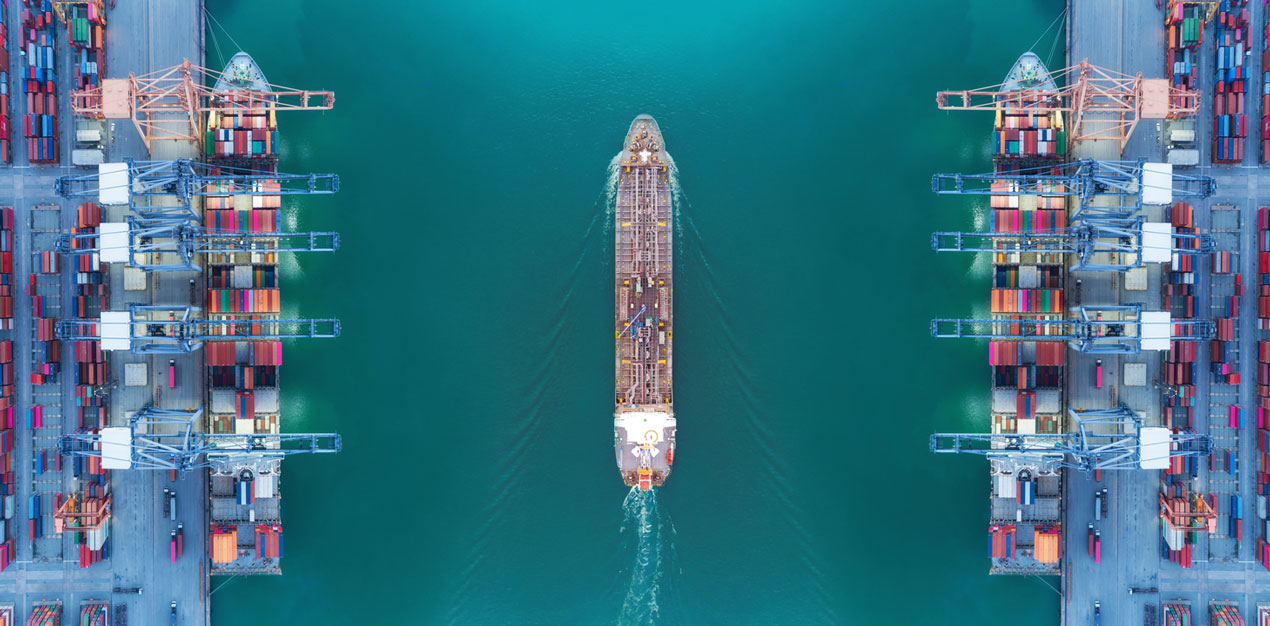
11 Jan Operational Constraints in Key Regions
2021 proved a challenging year for global supply chains, seeing significant disruption and bottlenecks around the world. We saw pockets of improvements, only to get setbacks when terminals or vessels encountered a COVID-19 outbreak. Unfortunately, 2022 has not started off as we had hoped. The pandemic is still going strong and unfortunately, we are seeing new outbreaks impacting our ability to move your cargo. General sickness remains high as key ports in key regions are seeing new COVID-19 peaks.
We recognize that this is causing delays to our customers’ supply-chains and mitigating those disruptions is of the utmost importance to us. The situation is particularly challenging at several Hub Ports and Gateway terminals.
While the numbers are far from optimal, we are pleased to see areas of developments. The Port of Antwerp had up to ten days wait last week and this week the numbers could be down to two days. Ongoing contingency plans will always be made with the objective of minimising supply chain delays and we ask that you bear with us while we manage the overall situation as best as we can.
In China, the city of Beilun is also experiencing a COVID-19 outbreak. Of the five container terminals in Ningbo, three terminals are located near the epidemic area but is so far operating with no positive cases reported. Vessel calls and departures are so far running as normal, as well as loading and discharge activities. After some days with revised operations, container gate-in and gate-out activities are now also back to normal with a combined yard density of around 75%. However, trucking services in Jinhua Yongkang, the mid-high-risk area of Beilun and the area outside the Zhejiang province are suspended under the strict regulation by the epidemic prevention policy. Intercontinental rail, Sea-rail and Barge service are available as alternative solutions in the short term to recover the landside transportation capacity.
As the situation evolves every day, we are working closely with all respective port authorities and coordinating with all involved parts in the local supply chain to help alleviate the situation. That could include slowing down the sea transit for minimal queuing, opening substitute container depots or moving more cargo via alternative modes. Your local customer experience agents will know what measures we apply where. Also, getting early advice on urgent and priority shipments will assist us in providing you with the best possible service and outcome.
We regret the impact this has on your global supply chains and we do foresee the strain to continue for some time still.
Our teams are here to serve you, so please do not hesitate to contact us as we manoeuvre this situation as best as we can – together.

